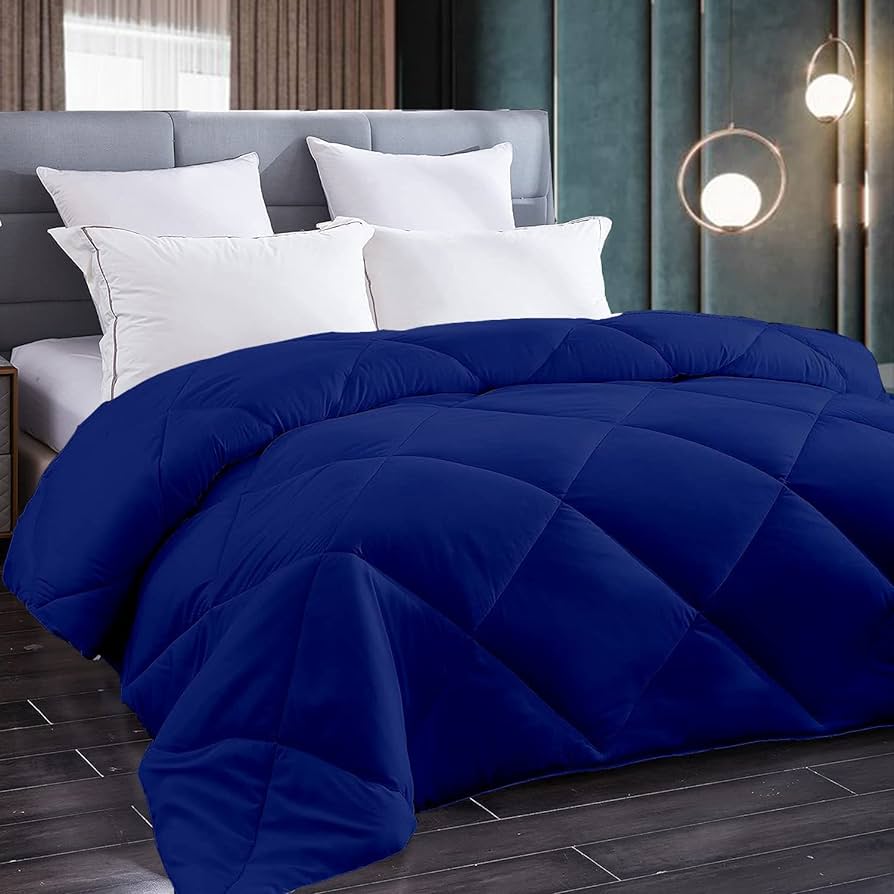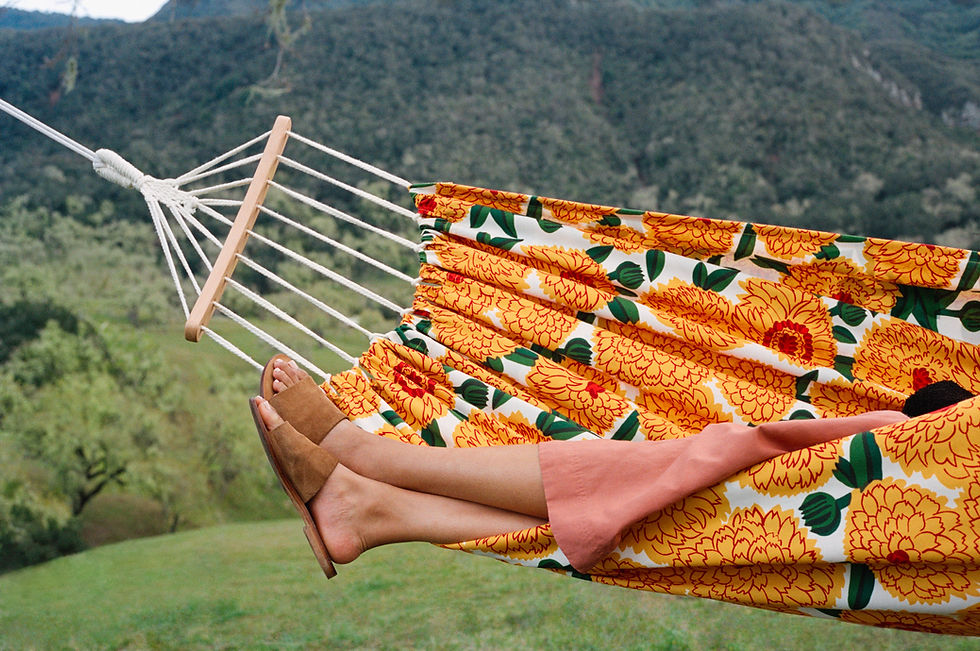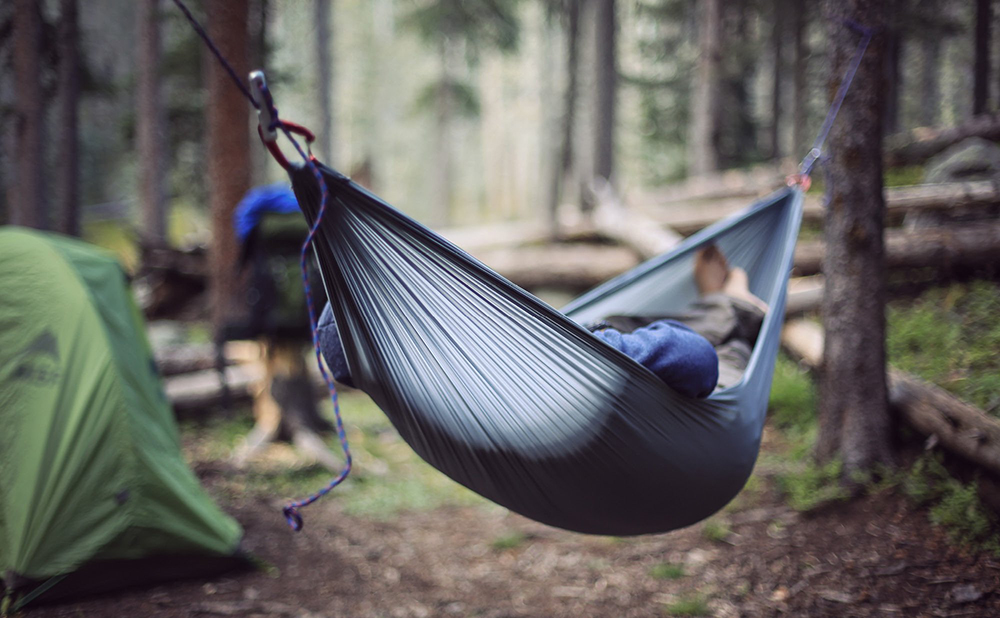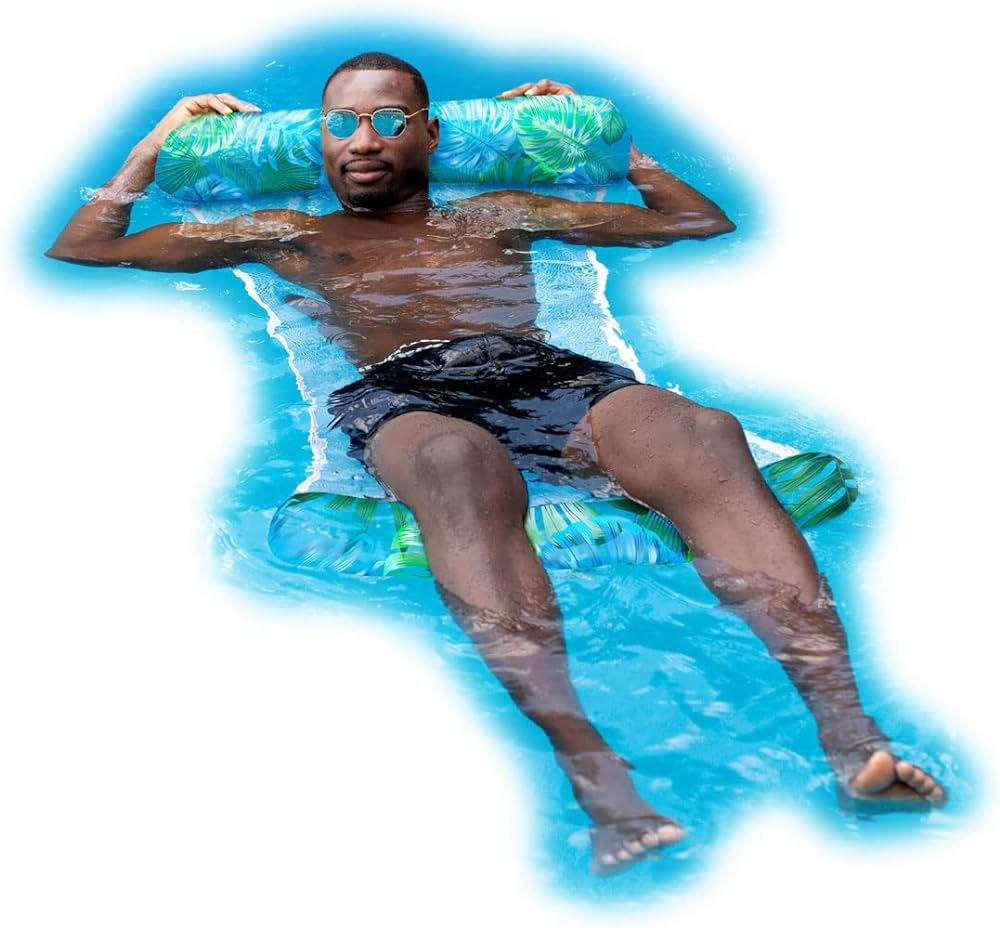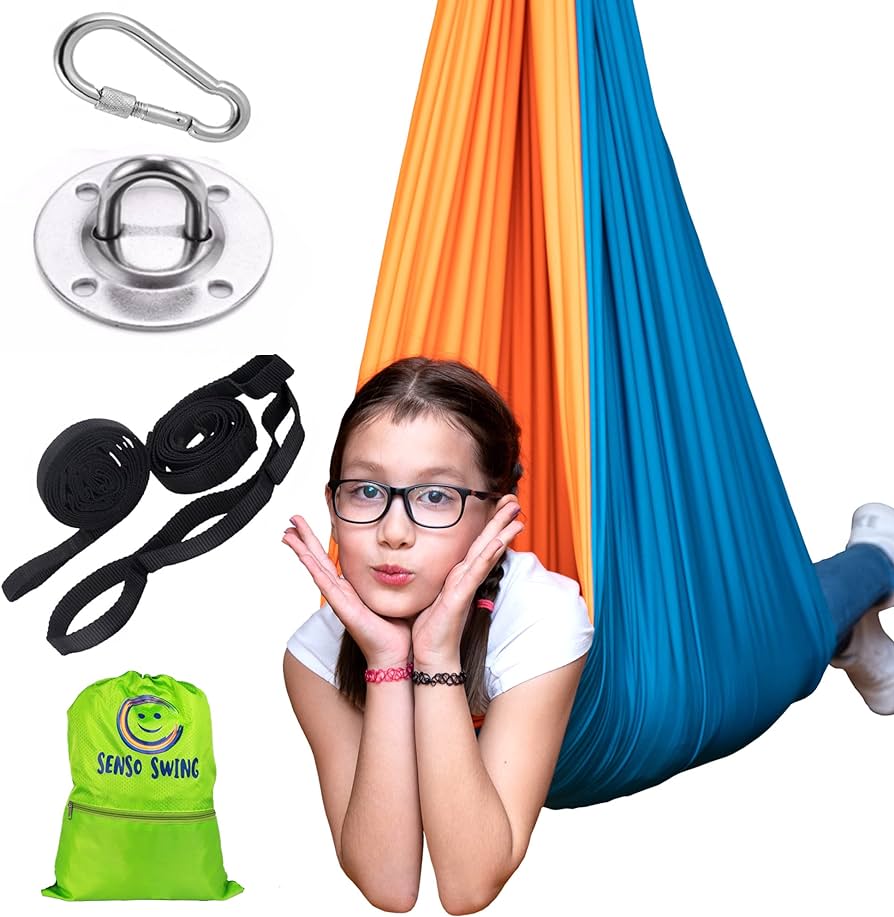- 8 Airplane Footrest Hammock!Travel comfortably - October 9, 2023
- top 7 Pool Float Water Hammock for a Relaxing Summer - October 9, 2023
- top 5 Space SaverSingle Hammock Stand Maximize Comfort and Space - October 9, 2023
Instead of an underquilt, you can use alternatives such as a sleeping pad, reflective blankets, tarps for wind protection, additional clothing, or wool blankets for insulation in cold weather while hammock camping. When it comes to hammock camping, staying warm and comfortable is crucial, especially in cold weather conditions.
While an underquilt is a popular choice for insulation, there are alternatives you can use instead. A sleeping pad placed inside your hammock can provide insulation and cushioning, keeping you warm throughout the night. Reflective blankets can also be used to trap and reflect body heat, providing additional warmth.
Tarps can serve as wind protection, preventing cold air from entering your hammock. Additional layers of clothing, such as thermal wear or jackets, can be worn for added insulation. Finally, wool blankets can be draped underneath you for extra warmth. By utilizing these alternatives, you can effectively stay warm and cozy during your hammock camping adventures.
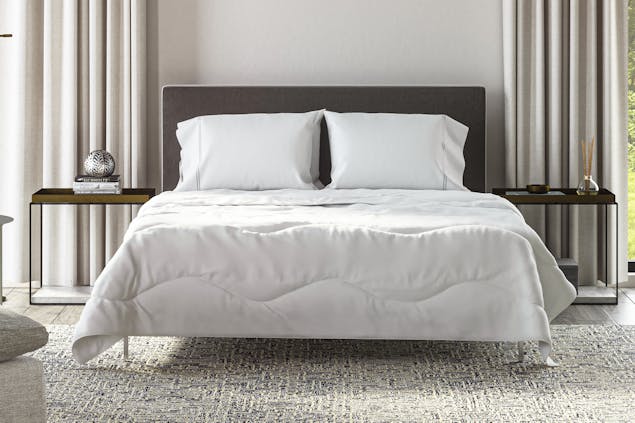
Credit: www.saatva.com
Sleeping Pads
Sleeping pads are a great alternative to under quilts when it comes to hammock camping. They provide insulation, comfort, and ease of use. Let’s explore the benefits of using a sleeping pad instead of an under quilt, the different types available, and the pros and cons of using them for insulation in a hammock.
Benefits Of Using A Sleeping Pad Instead Of An Under Quilt
Using a sleeping pad in your hammock offers several advantages:
- Insulation: Sleeping pads provide an extra layer of insulation between you and the cold air beneath your hammock, keeping you warm and comfortable throughout the night.
- Cost-effective: Sleeping pads are generally more affordable compared to under quilts, making them a budget-friendly option for hammock campers.
- Versatility: Sleeping pads can be used not only in hammocks but also on the ground when tent camping or backpacking. This makes them a versatile choice for outdoor enthusiasts.
- Easy to set up: Sleeping pads are lightweight and compact, making them easy to carry and set up in your hammock. They require no additional suspension systems or adjustments.
Different Types Of Sleeping Pads Available
| Type of Sleeping Pad | Description |
|---|---|
| Air Pads | Air pads are inflatable sleeping pads, filled with air to provide cushioning and insulation. They are lightweight, packable, and offer excellent comfort. |
| Self-Inflating Pads | Self-inflating pads have a foam core that expands when the valve is opened, automatically filling the pad with air. They provide a good balance between comfort, insulation, and packability. |
| Foam Pads | Foam pads are made of closed-cell foam and provide insulation through trapped air bubbles. They are durable, lightweight, and offer good insulation even when compressed. |
Pros And Cons Of Using A Sleeping Pad For Insulation In A Hammock
Pros:
- Cost-effective alternative to under quilts
- Lightweight and easy to carry
- Versatile for different camping scenarios
- Provides sufficient insulation and comfort
- No need for additional suspension systems or adjustments
Cons:
- May require some adjustment to prevent slipping or shifting within the hammock
- Not as effective in extremely cold temperatures compared to specialized under quilts
- Less efficient at eliminating cold spots under the hammock
Overall, using a sleeping pad as an alternative to an under quilt in your hammock can be a practical and effective solution. Consider the type of sleeping pad that suits your needs and preferences to enhance your hammock camping experience.
Top Quilts
Exploring The Option Of Using A Top Quilt Instead Of An Under Quilt
When it comes to staying warm and comfortable while hammock camping, finding the right insulation is crucial. While under quilts are the popular choice for providing insulation beneath the hammock, have you considered exploring the option of using a top quilt instead?
A top quilt is a versatile and effective alternative to an under quilt. It is designed to provide insulation from above the hammock, making it a suitable option for campers who prefer to have their insulation on top of them rather than beneath.
How Top Quilts Provide Insulation From Above In A Hammock
Top quilts are specifically manufactured to keep your body warm in cold weather. They resemble a blanket or a quilt and are designed to cover you like a traditional sleeping bag, but without the confinement of a sleeping bag’s hood and zippers.
One of the main advantages of using a top quilt is its ability to provide insulation from above. By draping the top quilt over your body and securing it with straps or hooks to the sides of the hammock, you create a cocoon-like environment that traps your body heat and keeps you warm throughout the night.
The top quilt’s insulation layers, typically made of down or synthetic materials, efficiently retain heat and prevent it from escaping. The quilt’s design also allows for easy adjustment and ventilation, which is especially beneficial for those who tend to get too hot during the night.
Comparing The Effectiveness Of Top Quilts Versus Under Quilts
When it comes to effectiveness, both top quilts and under quilts offer insulation for hammock camping, but they serve different purposes.
Under quilts hang below the hammock, providing insulation and a barrier against cold air entering from beneath. This positioning effectively eliminates the discomfort of compressing the insulation when lying in the hammock, ensuring that the warmth is evenly distributed.
On the other hand, top quilts provide insulation from above, acting as a shield against the cold air that may seep into the hammock. They are particularly advantageous for individuals who don’t mind or even prefer the sensation of the insulation being on top.
Ultimately, the choice between a top quilt and an under quilt depends on personal preference and camping conditions. Some campers may find that a combination of both provides the optimum insulation and versatility for different weather conditions.
Diy Solutions
htmlIf you’re looking for alternatives to a traditional under quilt for your hammock, there are several DIY solutions that can provide insulation and keep you warm while camping. In this article, we will explore some DIY options to help you stay cozy during your hammock adventures.
Highlighting Diy Alternatives To Under Quilts
Instead of investing in a commercial under quilt, you can try these DIY alternatives:
- Using blankets or sleeping bags as makeshift under quilts
- Creating your own DIY under quilt using materials such as insulation, fabric, and shock cord
Using Blankets Or Sleeping Bags As Makeshift Under Quilts
If you don’t have an under quilt but still want to stay warm while hammock camping, you can use blankets or sleeping bags as makeshift under quilts. Here’s how:
- Attach the blankets or sleeping bags to the bottom of your hammock using carabiners or straps.
- Make sure the insulation is covering the entire underside of the hammock to provide maximum warmth.
- Tighten the attachment points to secure the blankets or sleeping bags in place.
- Adjust the insulation as needed to ensure proper coverage and warmth.
Step-by-step Instructions For Creating Your Own Diy Under Quilt
If you’re feeling crafty, you can make your own DIY under quilt for your hammock. Here’s how:
- Gather the following materials:
- Insulation material such as synthetic or down insulation
- Lightweight fabric for the outer shell
- Shock cord for attaching the under quilt to the hammock
- Thread and sewing needles
- Measure and cut the insulation material and fabric to the desired size and shape of your under quilt.
- Place the insulation material between the two layers of fabric and pin them together.
- Sew the layers together, leaving a small opening to insert the shock cord.
- Thread the shock cord through the opening, making sure it is securely attached to the under quilt.
- Close the opening with additional sewing, ensuring the shock cord is properly secured.
- Attach the DIY under quilt to your hammock using the shock cord, adjusting the tension as needed.
By following these DIY alternatives and creating your own under quilt, you can stay warm and comfortable during your hammock camping trips without breaking the bank. Remember to adjust the insulation and attachments as needed to ensure maximum warmth and a cozy experience under the stars.
Combination Approach
Ditching The Under Quilt: Exploring A Combination Approach
When it comes to hammock camping, staying warm and comfortable during chilly nights is a top priority. While an under quilt is often the go-to insulation method, there are situations where using a combination of different insulation methods can offer an effective alternative.
Diving Into The Possibility Of Combination Approach
One option to consider is combining various insulation methods to achieve the desired level of warmth. By strategically layering a sleeping pad and top quilt, you can create a cocoon-like experience that mimics the effect of an under quilt.
Here’s an in-depth look at how you can use a combination of under quilt, sleeping pad, and top quilt for your hammock camping trips:
Using A Combination Of Under Quilt, Sleeping Pad, And Top Quilt
1. Under Quilt: Traditionally, an under quilt hangs underneath the hammock, providing excellent insulation against the cold air beneath. It acts as a barrier to trap body heat and keep you warm throughout the night.
2. Sleeping Pad: While under quilts primarily insulate from below, a sleeping pad acts as an additional layer of insulation from underneath your body. Placing it inside the hammock provides insulation and cushioning, minimizing heat loss to the ground.
3. Top Quilt: A top quilt, similar to a sleeping bag but without the bottom insulation, can be used as an extra layer to trap heat around your torso. It covers your upper body, keeping you snug and warm during frigid temperatures.
By combining these three insulation methods, you create a comprehensive insulation system that blankets your hammock, resulting in a cozy and warm environment.
Evaluating The Benefits And Drawbacks Of A Combination Approach
Before embracing the combination approach, it’s important to consider its pros and cons:
| Benefits | Drawbacks |
|---|---|
|
|
By carefully weighing the pros and cons, you can determine if the combination approach is the right fit for your hammock camping adventures. Remember, individual preferences and specific camping conditions may influence the effectiveness of this approach.
In conclusion, while an under quilt is a tried-and-true insulation method for hammock camping, the combination approach offers an alternative that can be versatile and cost-effective. By layering a sleeping pad and top quilt in addition to an under quilt, you can create a comprehensive insulation system that keeps you warm and comfortable during chilly nights under the stars.
Frequently Asked Questions For What Can I Use Instead Of Under Quilt
Do You Need An Under Quilt?
An underquilt isn’t essential, but if it’s cold, you’ll be glad to have one. It adds insulation and makes your hammock camping experience more comfortable. Without it, you may have a cold and potentially dangerous night. Consider alternatives like sleeping pads or blankets.
Can You Sleep In A Hammock Without An Underquilt?
An underquilt is essential for sleeping in a hammock without getting cold. It provides insulation and warmth, especially in cold weather. Without an underquilt, you risk having a chilly and potentially uncomfortable night.
What Is The Difference Between A Pad And An Underquilt?
A pad and an underquilt are both insulation options for hammock camping. The main difference is that a pad goes inside the hammock, while an underquilt hangs underneath. Pads are better for ground camping, while underquilts provide better insulation and cocoon-like comfort in cold weather.
What Are Under Quilts For?
Underquilts are used to provide insulation and prevent heat loss while hammock camping. They add warmth in cold weather and make the camping experience more comfortable. It is essential for a cozy sleep in a hammock.
Can I Sleep In A Hammock Without An Underquilt?
Without an underquilt, you risk having a cold and potentially dangerous night. An underquilt provides unrivaled cold-weather protection for hammock camping.
What Is The Difference Between A Pad And An Underquilt?
If you may need to go to ground, a pad is a smarter choice. Underquilts are warmer and designed to hang underneath your hammock to prevent heat loss.
What Are Underquilts For?
Underquilts are insulated quilts that hang underneath your hammock, preventing heat loss. They solve the same problem as sleeping on the ground in a tent.
Conclusion
While a hammock underquilt is not essential, it is highly recommended for cold weather camping. It provides insulation and ensures a cozy sleeping experience. However, if you don’t have access to an underquilt, there are alternative options such as using a sleeping pad, blankets, or heat reflective shields.
Remember to prioritize warmth and comfort when choosing your camping gear. Happy camping!

